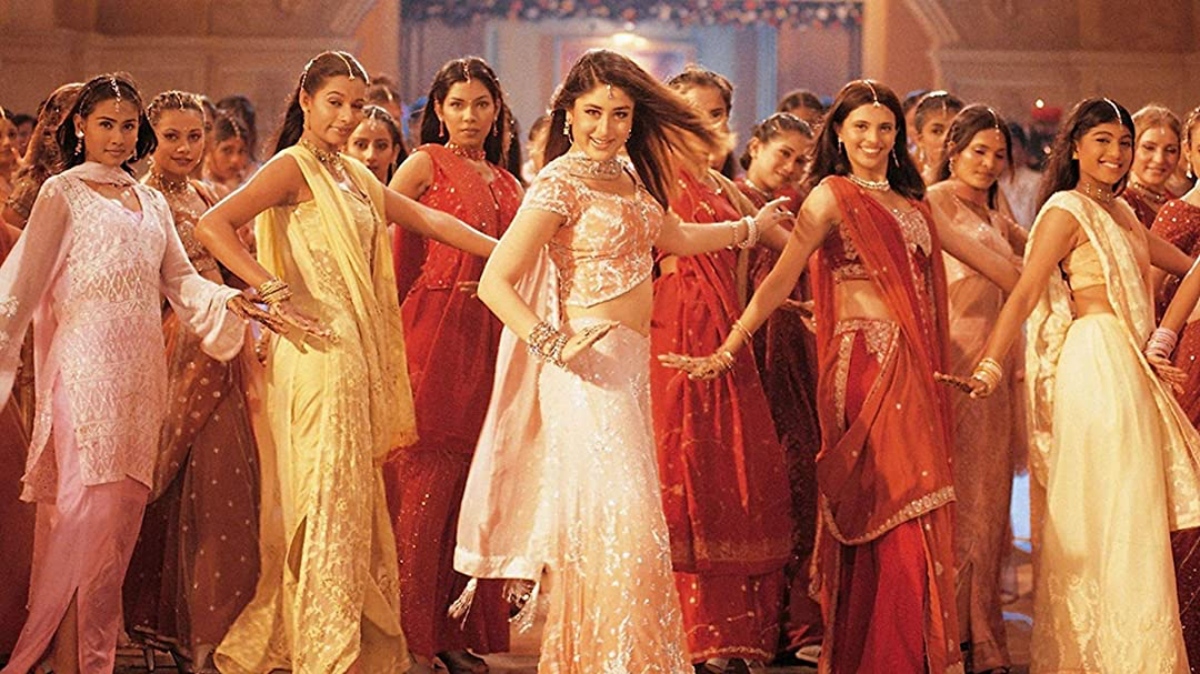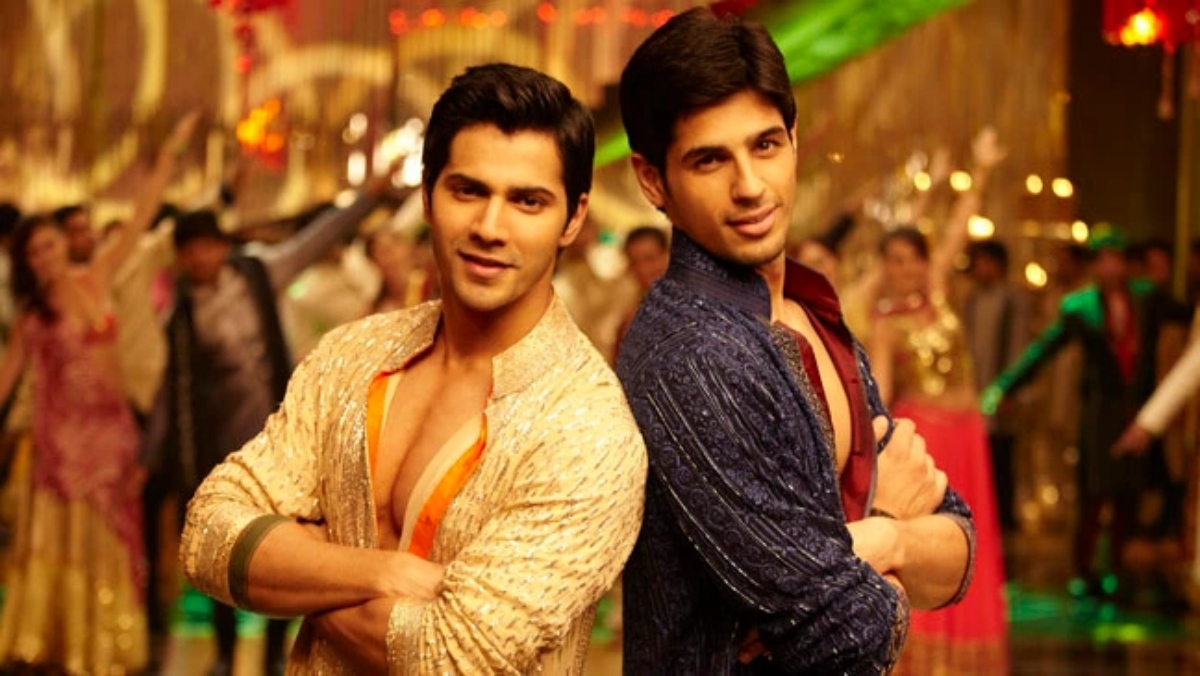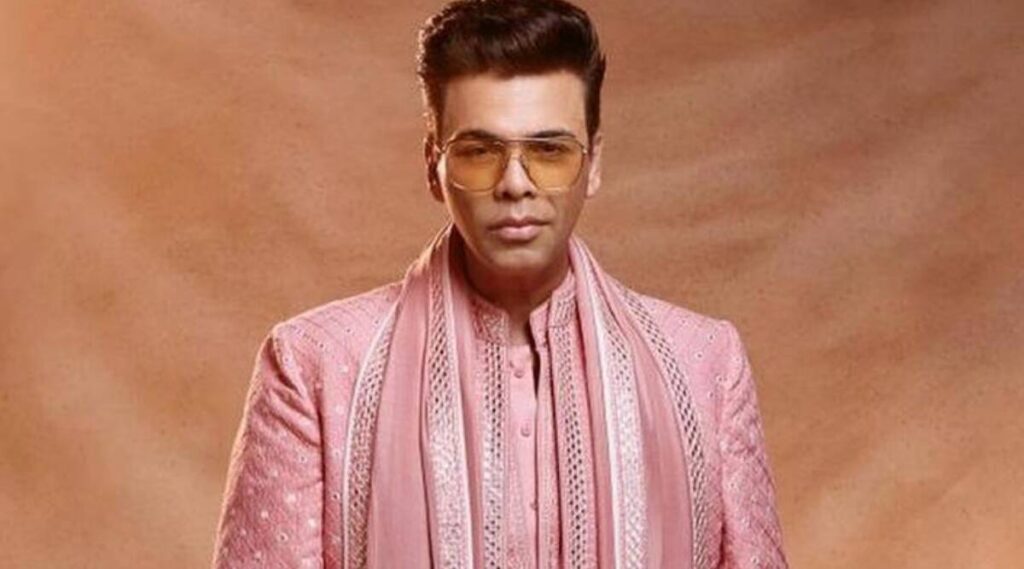Karan Johar started the era where every film looked like a brand commercial, and every character looked like they were a highly stylised version of themselves.
Hindi films have been known to celebrate fantastical ideas and the viewers love to imagine living in that fantasy, even if it is a for a little while. So when at the turn of the century Farhan Akhtar challenged convention when it came to making movies, Karan Johar chose to refine it. Just after a few films, Karan’s films had created an impression which made him stand out from the rest of the crowd. The over-the-top grandeur, the stylised clothes, and the general visual aesthetic of a film added a certain kind of panache to his movies that attracted the moviegoers and while over the years it has gotten the label of ‘rich people doing rich people things’, it added a kind of glamour to Dharma’s films that they looked distinct.
Yash Johar’s Dharma Productions made films like Dostana and Agneepath, but when his son Karan started making movies with Kuch Kuch Hota Hai, it was clear that he had a stylistic take when it came to showcasing visual grandeur. The 90s kids remember the hairbands, the friendship bands, and even the neck chains that came with a ‘cool’ tag as the ‘IT accessories’ of the day. With his subsequent films like Kabhie Khushi Kabhie Gham and Kal Ho Naa Ho, it was obvious that Dharma had undergone a visual makeover, and not just for their own films, but for Bollywood at large. Kabhi Khushi Kabhie Gham transformed how Hindi films saw their visual style.
Kabhi Khushi Kabhie Gham transformed how Hindi films saw their visual style.
In a behind-the-scenes video of Kabhi Khush Kabhie Gham, Karan had explained that even something as little as choosing background artistses was done with utmost care as the people attending parties in the Raichand house had to look like they belonged in that mansion, and paying such close attention to some of these details was quite rare at the time.
This attention to detail was very evident from Karan’s first film. We all remember the era when background dancers were dressed in the same uniform and their overall look wasn’t anything to rave about. But this saw a shift after Dharma Productions entered the scene and the dancers, the junior artists, or anyone who even appeared in one frame of the film looked like they belonged on a movie screen.
The close attention to styling of a film by Karan can perhaps be compared to what Yash Chopra once did with his 1965 film Waqt, which thereafter changed how movies saw palatial houses and rich people living the lavish life. The comparison also makes sense since Karan has been quite vocal about getting inspiration from Yash Chopra. Every element in a Karan Johar film is carefully curated to look aspirational.
Every element in a Karan Johar film is carefully curated to look aspirational.
Not just in terms of styling their films with glamorous outfits and exquisite locations, Karan Johar also started the era where every film looked like a brand commercial, and every character looked like they were a highly stylised version of themselves. The packaging of a film, in terms of its trailers, its music videos, its promotional material, everything had a certain level of class attached to it that made it aspirational for the masses and for the longest time, this is exactly what worked in Dharma’s favour.
When talking about contemporary Hindi films, Dharma is often used as a verb and for a man who is highly critiqued for how he makes his movies, this is no small feat. Karan Johar might not be the country’s best filmmaker, but when it comes to presenting and packaging his films, he knows exactly how to wrap his film with a tidy bow that is bound to attract the audience.

Source: indianexpress.com

